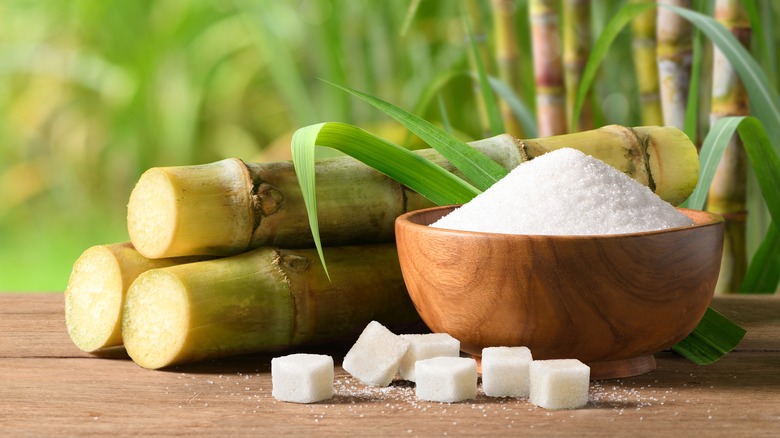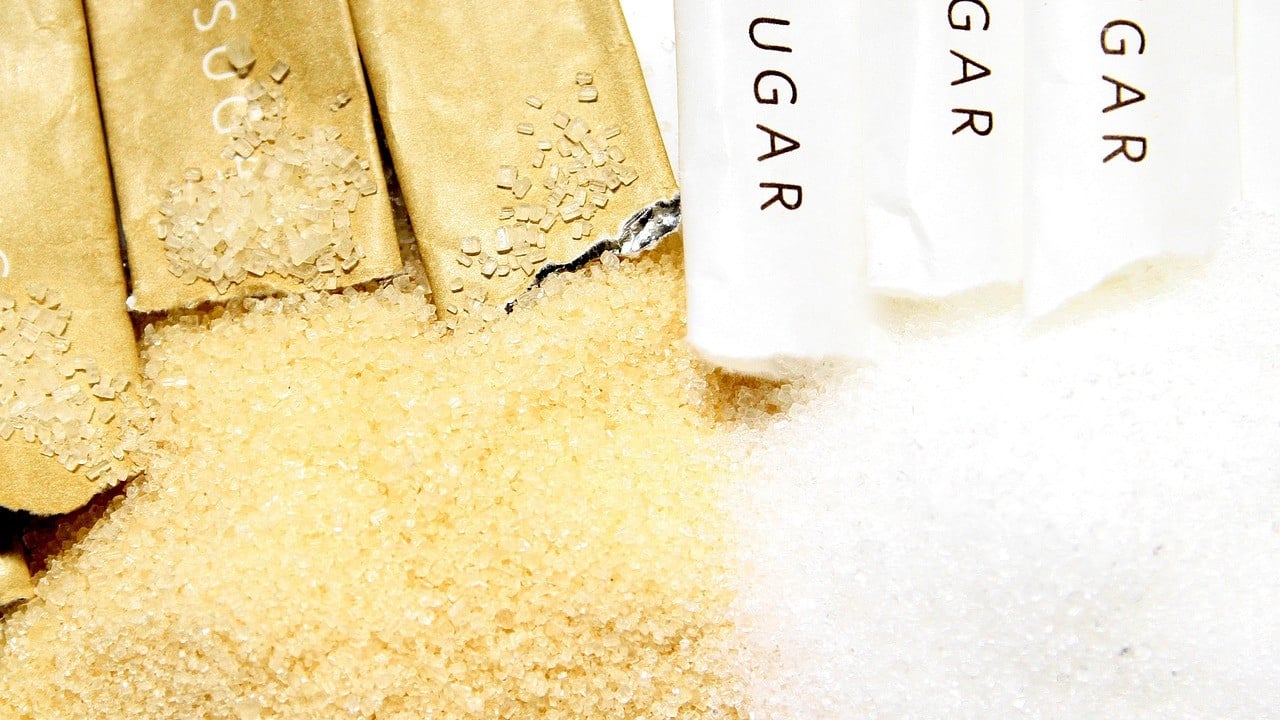The farming methods for beet sugar vs cane sugar contribute to differences in production scale.
Discover the Uses and Perks of Beet Sugar Vs Cane Sugar in Your Daily Diet Plan
Exploring the unique top qualities of beet and cane sugar exposes even more than just their sweetening abilities; it highlights their unique effect on wellness and cooking arts. Beet sugar, recognized for its refined flavor, is often preferred in delicate desserts, whereas cane sugar, with its tip of molasses, includes richness to robust meals. Each kind holds its own nutritional account and glycemic implications, inviting a much deeper understanding of their roles in a well balanced diet regimen and sustainable usage methods.
Beginning and Production Processes of Beet and Cane Sugar

The unique environments and soil types needed for expanding sugar beetroots and sugarcane add to distinctions in their cultivation techniques and geographical circulation, affecting the business economics and sustainability of their manufacturing. beet sugar vs cane sugar.
Nutritional Contrast In Between Beet Sugar and Cane Sugar
Despite originating from various plants, beet sugar and cane sugar are nutritionally very comparable, both mostly consisting of sucrose. Each supplies regarding 4 calories per gram, translating to approximately 16 calories per tsp. Structurally, both sugars are made up of about 99.95% sucrose, with very little quantities of various other materials like wetness and trace element, which do not dramatically modify their nutritional profiles.

Ultimately, when selecting in between beet sugar and cane sugar based upon nutritional web content alone, both deal identical advantages and drawbacks as they are basically forms of the very same particle-- sucrose, offering quick energy without other nutrients.
Influence On Health And Wellness: Glycemic Index and Caloric Material
Checking out even more into the impacts of beet sugar and cane sugar on wellness, it is essential to consider their glycemic index and calorie material. The glycemic index (GI) of both beet and cane sugar is around 65, categorizing them as high-GI foods, which can cause fast spikes in blood glucose levels.
Each kind of sugar includes about 4 calories per gram, making their caloric web content equivalent. For those keeping an eye on calorie intake, especially when managing weight or metabolic health and wellness conditions, understanding this equivalence is vital (beet sugar vs cane sugar). Excessive intake of any high-calorie, high-GI food can contribute to wellness concerns such as obesity, heart condition, and insulin resistance.
Environmental and Economic Factors To Consider of Sugar Production
Beyond health influences, the manufacturing of beet and cane sugar additionally increases significant environmental and financial worries. Sugar beet farming often tends to require cooler climates and has a reduced geographical footprint compared to sugar cane, which prospers in exotic areas.
In addition, making use of chemicals and plant foods in both beet and cane sugar cultivation can lead to dirt degradation and air pollution, more affecting biodiversity and neighborhood water bodies (beet sugar vs cane sugar). The selection in between growing sugar beet or cane often rests on local environmental conditions and financial factors, making the sustainability of sugar production a complicated concern
Culinary Applications and Flavor Distinctions
While the ecological and economic aspects of sugar manufacturing are without a doubt considerable, the option between beet and cane sugar also influences culinary applications and taste profiles. Beet sugar, acquired from the sugar beet plant, is recognized for its extremely neutral taste.
Walking stick sugar, drawn out from sugarcane, often preserves molasses traces, which present an unique splendor and deepness. This mild molasses taste improves the intricacy of baked items, sauces, and marinates. It is especially preferred in products where a look what i found sugar touch is desired, such as in brownies or gingerbread. Furthermore, the mild variation in moisture content in between beet and cane sugar can impact the structure and uniformity of meals, making cane sugar a recommended option for particular recipes he has a good point that take advantage of its distinct residential or commercial properties.

Verdict
Finally, both beet and cane sugar have unique beginnings and manufacturing processes, supplying comparable nutritional accounts with small differences in sodium web content and taste. While their effect on wellness, specifically pertaining to glycemic index and calories, is similar, the option in between them frequently comes down to environmental, financial variables, and specific cooking demands. Understanding these elements can assist consumers in why not check here making informed choices that align with their health and wellness objectives and flavor preferences.